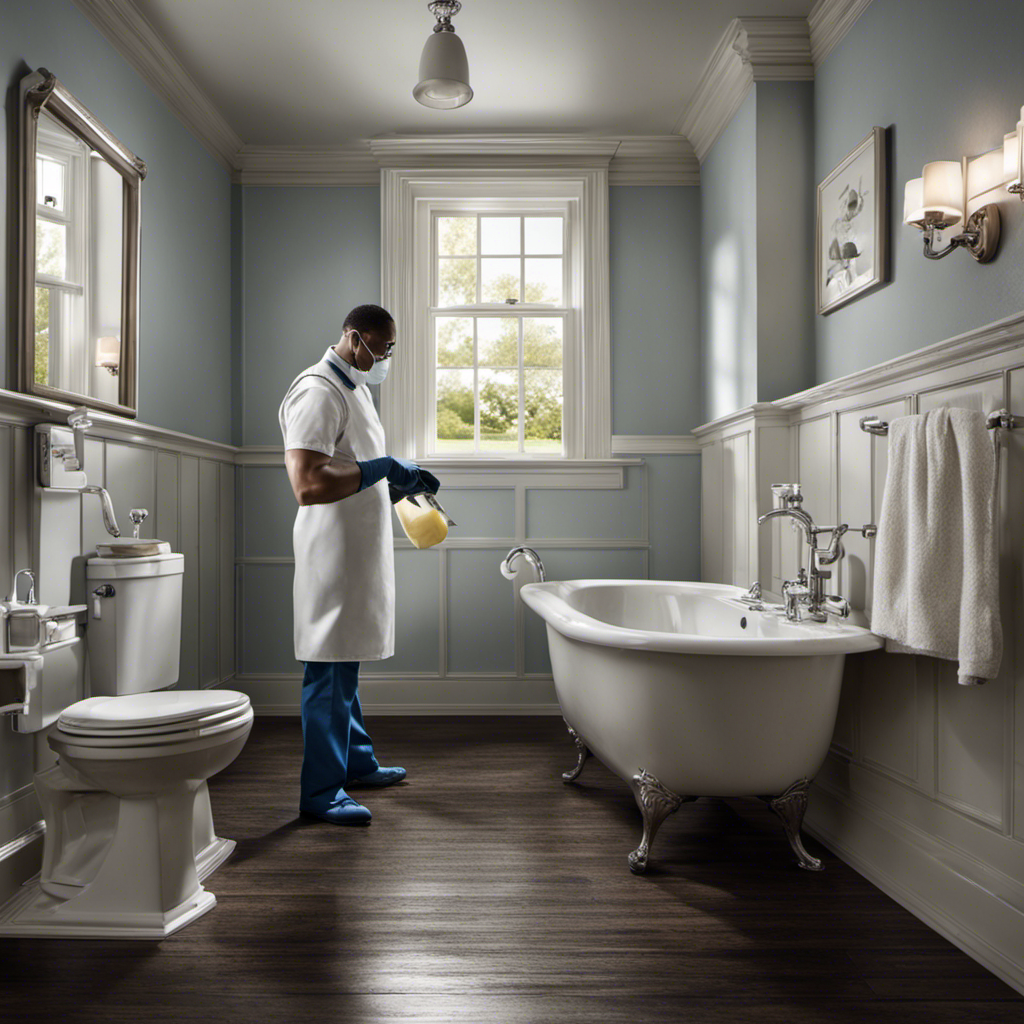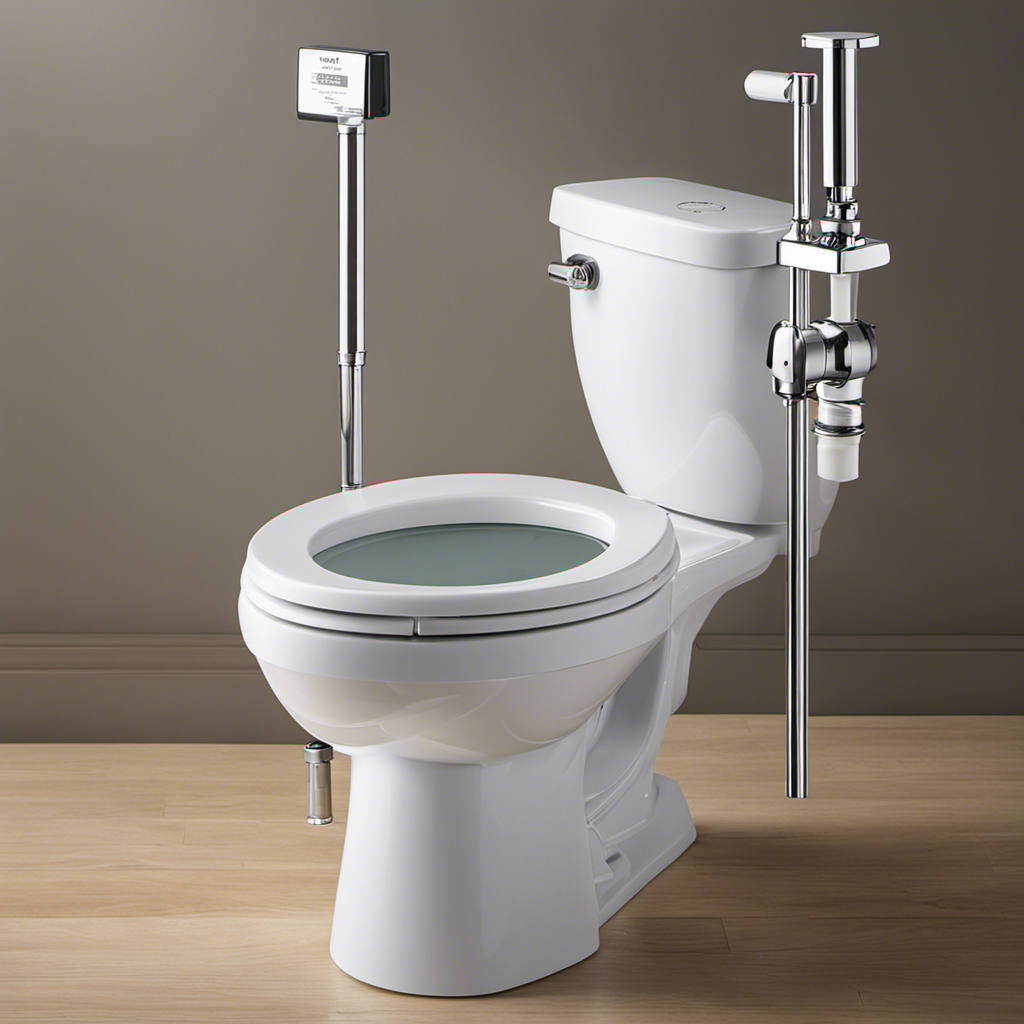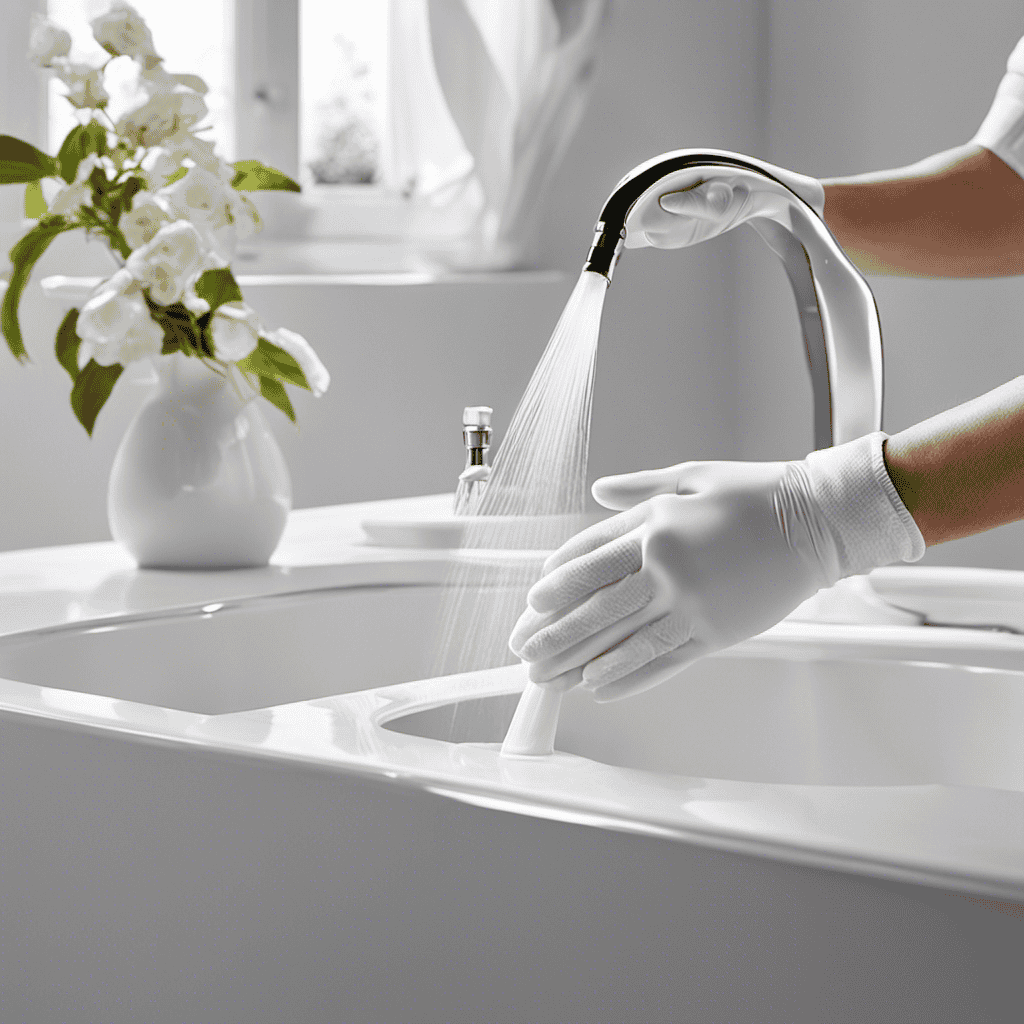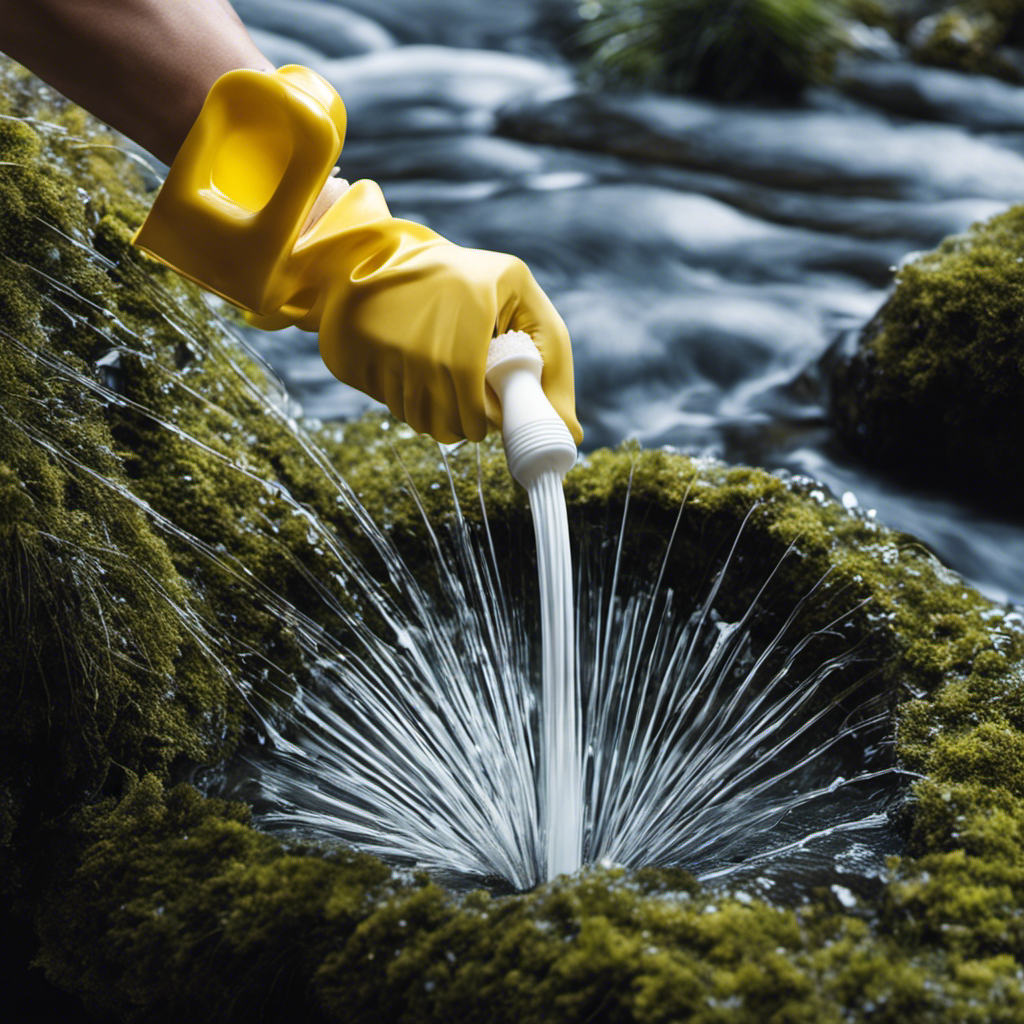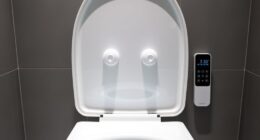As I stood in front of the clogged toilet, frustration welled up inside me. It seemed like a simple task, yet I couldn’t figure out how to unblock it.
But then, it hit me. I realized that unclogging a toilet is more than just a mundane chore – it’s a symbol of problem-solving and self-sufficiency.
So, armed with the right tools and a can-do attitude, I set out to conquer this bathroom battle.
Join me as I share my step-by-step guide to unblocking a toilet at home.
Key Takeaways
- Flushing excessive amounts of toilet paper or non-flushable items can cause toilet blockages.
- Signs of a serious blockage include slow drainage, gurgling sounds, or rising water in the bowl.
- Using a plunger and bucket can help unclog a toilet, and if that doesn’t work, a toilet auger can be used.
- Natural remedies like baking soda and vinegar can be effective for clearing blockages, but proper maintenance and prevention are important to avoid future clogs.
Common Causes of Toilet Blockages
One of the most common causes of toilet blockages is when you flush excessive amounts of toilet paper at once. To prevent toilet blockage, it is important to only flush a reasonable amount of toilet paper at a time.
Additionally, avoid flushing other items such as sanitary pads, baby wipes, or tissues, as they can easily clog the toilet.
It is also essential to be aware of the signs of a serious toilet blockage, such as slow drainage, gurgling sounds, or water rising in the bowl. If you notice any of these signs, it is important to act quickly to prevent further damage.
Transitioning into the next section, let’s now discuss the tools and materials needed for unclogging a toilet.
Tools and Materials Needed for Unclogging a Toilet
To unclog your toilet, you’ll need a plunger and a bucket. These are essential tools for tackling minor blockages at home.
However, it’s important to remember that prevention is key when it comes to toilet blockages. Avoid flushing excessive amounts of toilet paper or non-flushable items down the toilet. Regular maintenance, such as using a toilet brush to remove any buildup, can also help prevent blockages.
If you’re unable to unclog the toilet using a plunger or if the blockage persists, it may be time to seek professional plumbing services. A trained plumber will have the expertise and tools to address more complex blockages and ensure proper functioning of your toilet.
Step-by-Step Guide to Unblock a Toilet
If you’re experiencing a clog, start by grabbing a plunger and a bucket. Toilet unclogging techniques can be simple and effective when done correctly. Here is a step-by-step guide to unblock a toilet:
- Gather the necessary tools: plunger, bucket, rubber gloves, and a toilet auger (if needed).
- Put on the rubber gloves to protect your hands from any mess.
- Fill the bucket with water and pour it into the toilet bowl. This will create pressure to help dislodge the clog.
- Position the plunger over the drain hole and apply downward pressure. Push and pull vigorously to create suction and loosen the blockage.
- If the plunger doesn’t work, try using a toilet auger to break up the clog.
Natural Home Remedies for Clearing Toilet Blockages
Using natural remedies like baking soda and vinegar can be a safe and effective way to clear blockages in your toilet. Not only are these methods eco-friendly, but they are also readily available in most households.
To prevent toilet blockages, it is important to develop simple habits. First, avoid flushing anything other than toilet paper down the toilet. Items like cotton balls, wipes, and sanitary products can easily clog the pipes.
Second, ensure that you have a properly functioning toilet with enough water pressure to facilitate smooth flushing. Regular maintenance, such as cleaning the toilet and checking for leaks, can help prevent blockages.
If a blockage does occur, try the baking soda and vinegar method. Simply pour half a cup of baking soda and half a cup of vinegar into the toilet bowl, let it sit for a few minutes, and then flush. This combination creates a chemical reaction that can help break down the blockage.
Preventing Future Toilet Clogs: Maintenance Tips and Tricks
Regular maintenance, such as cleaning and checking for leaks, can help you avoid future toilet clogs. To keep your toilet running smoothly, it’s important to follow a few simple tips and tricks.
Firstly, make sure to clean your toilet regularly using appropriate toilet cleaning products. These products are designed to remove buildup and prevent clogs.
Additionally, keep an eye out for any leaks or signs of damage. Small leaks can lead to bigger problems down the line, so it’s best to address them early.
If you’re unsure about how to handle a maintenance issue or suspect a larger problem, don’t hesitate to reach out to professional plumbing services. They have the expertise and tools to solve any toilet-related issues efficiently and effectively.
Conclusion
In conclusion, unclogging a toilet at home is a task that can be easily tackled with the right tools and techniques. By understanding the common causes of toilet blockages and following a step-by-step guide, you can quickly resolve the issue.
Additionally, natural home remedies can provide effective solutions without the use of harsh chemicals. Remember, prevention is key, so implementing regular maintenance tips and tricks will help keep your toilet clog-free.
So don’t let a blocked toilet get you down, tackle it head-on and flush away your troubles!
